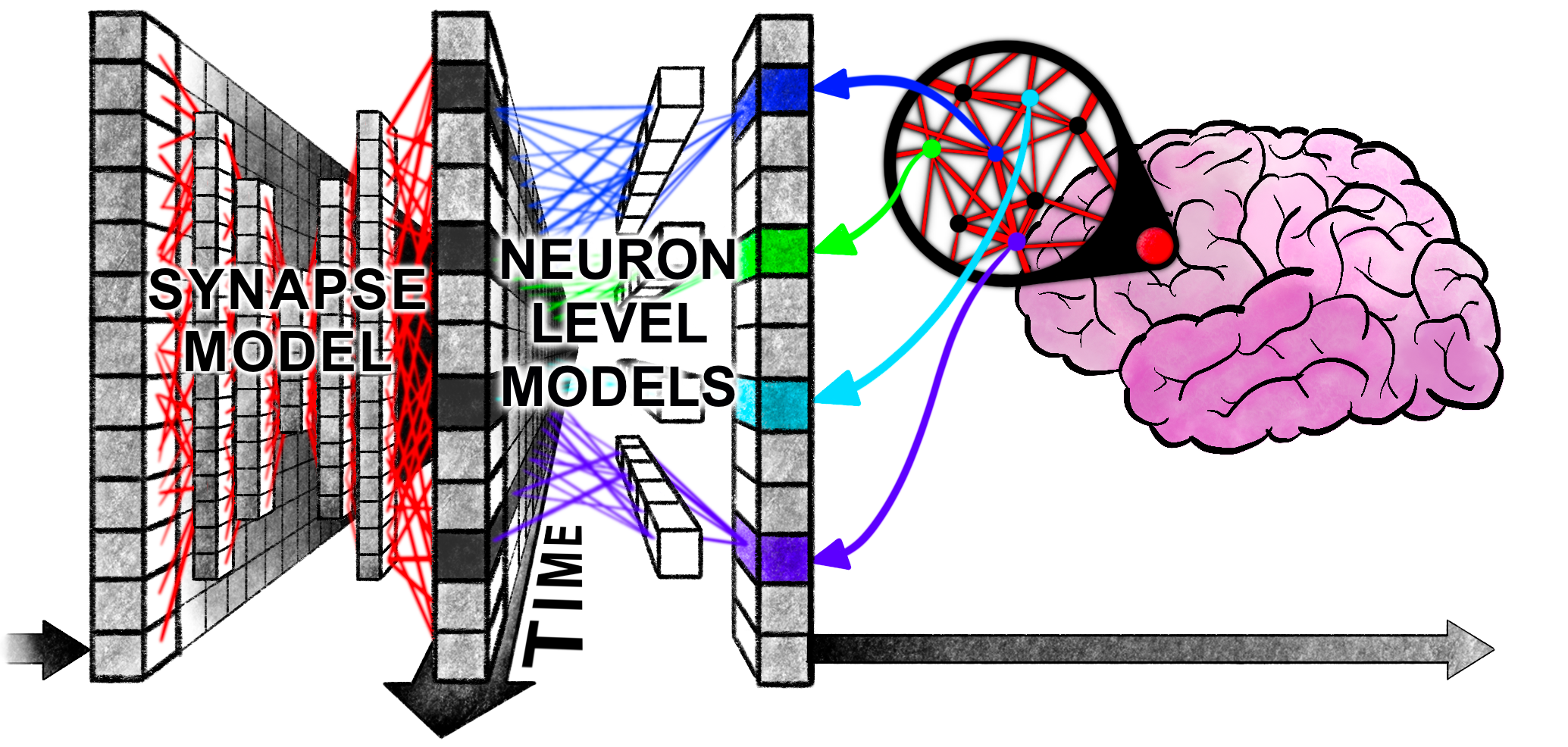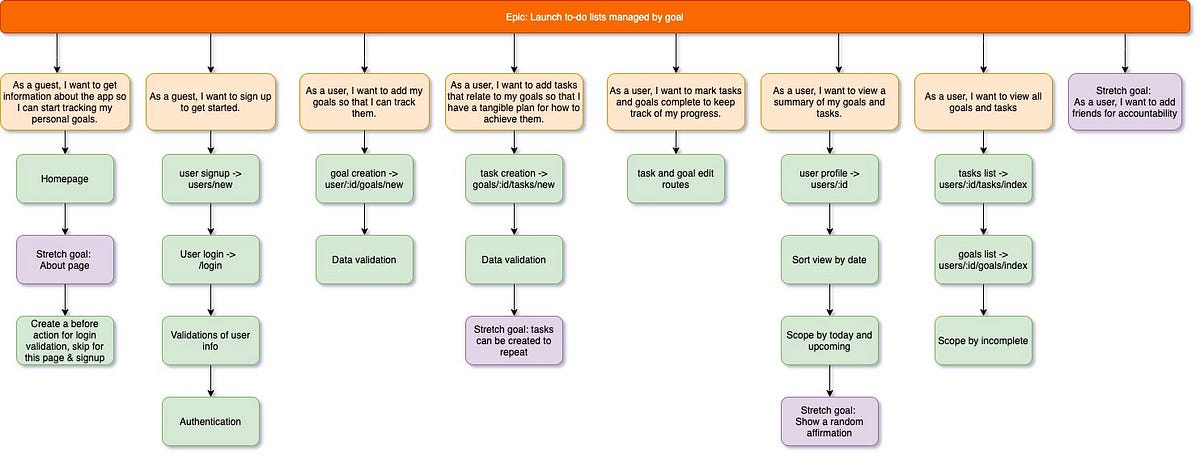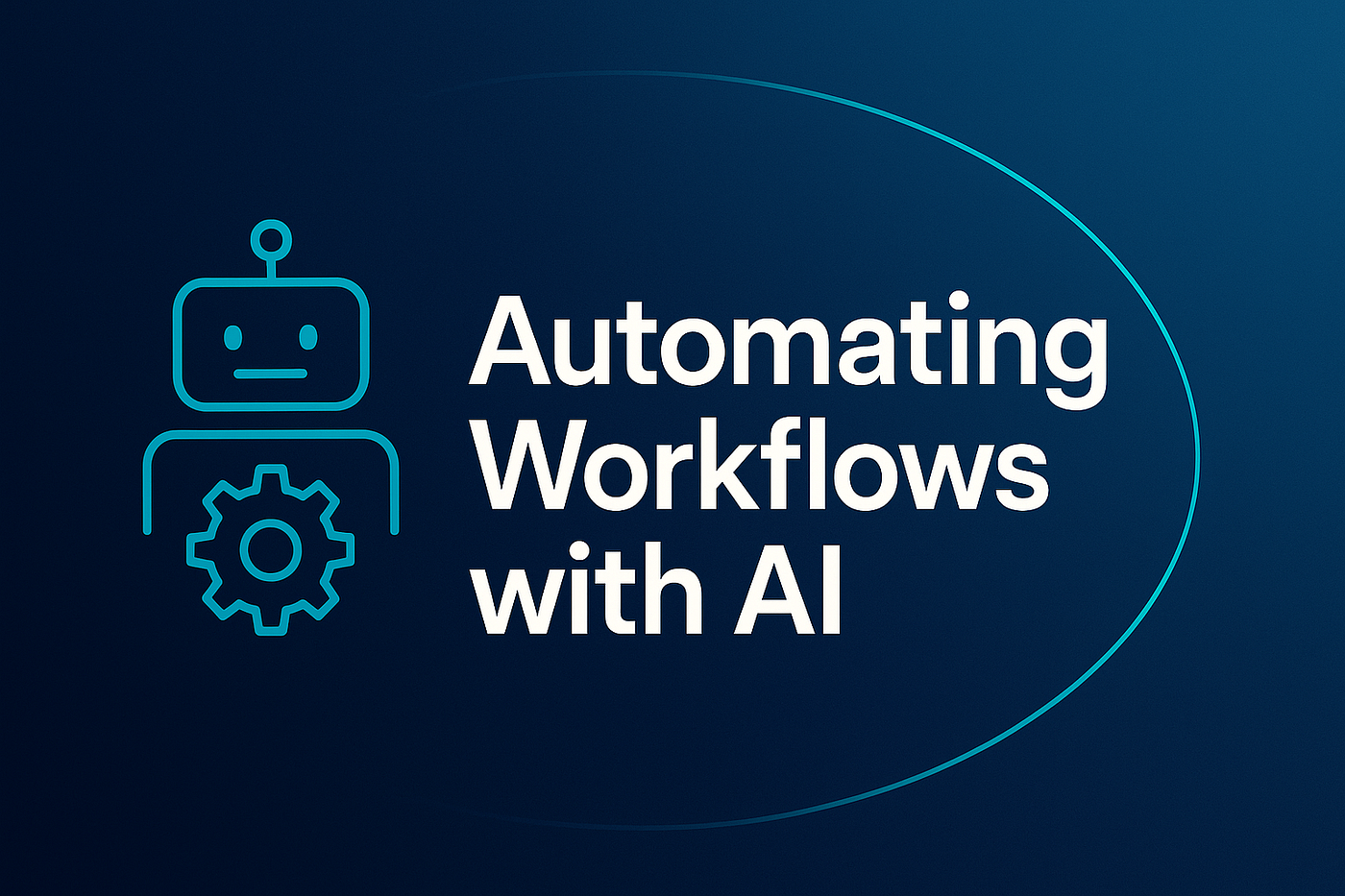The Power of Claude Code's Plan Mode + UltraThink: A Game-Changing Combination for Developers
Discover how combining Claude Code's Plan Mode with UltraThink capabilities creates a multiplicative effect for complex software engineering tasks, delivering senior-level architecture and planning at unprecedented scale.

The best software engineers don't just start coding—they think, plan, and architect first. They gather context, understand the problem deeply, design solutions, get stakeholder alignment, and only then begin implementation. This disciplined approach separates senior engineers from junior ones.
Now, with Anthropic's Claude Code, AI assistants can follow this same rigorous workflow. Two powerful features—Plan Mode and UltraThink—can be combined to create a development experience that mirrors and amplifies senior engineering practices. When used together, they create a multiplicative effect that transforms how we approach complex coding tasks.
In this deep dive, we'll explore how these features work individually, why they're incredibly powerful when combined, and how to leverage them effectively in your daily development workflow.
Understanding Plan Mode: Architecture Before Action
Plan Mode is a special operating mode in Claude Code that fundamentally changes the AI assistant's behavior by creating a read-only research and planning phase before any code changes are made. Think of it as putting Claude into "architect mode"—it can observe, analyze, and plan, but it cannot execute.
How to Activate Plan Mode
Accessing Plan Mode is simple: press Shift + Tab twice in Claude Code's terminal interface. This instantly switches Claude into planning mode, where it becomes a thoughtful architect rather than an eager executor.
The Four-Phase Process
Plan Mode operates in a structured, disciplined workflow:
- Research & Analyze - Claude reads files, searches code, and understands your codebase structure
- Create a Plan - It develops a comprehensive implementation strategy
- Present for Approval - Using the
exit_plan_modetool, Claude shows you the proposed changes - Wait for Confirmation - No changes happen until you explicitly approve
What Plan Mode Can and Cannot Do
Plan Mode CAN:
- ✅ Read any files in your codebase
- ✅ Search through code and documentation
- ✅ Analyze project structure and dependencies
- ✅ Build up context about your requirements
- ✅ Design solutions and implementation strategies
Plan Mode CANNOT:
- ❌ Create, modify, or delete any files
- ❌ Run commands that change system state
- ❌ Make git commits
- ❌ Install packages or modify configurations
This safety mechanism ensures you maintain complete control over your codebase while getting high-quality architectural guidance.
Why Plan Mode Mirrors Senior Engineering Workflow
The best engineers follow a deliberate process:
- Understand first - Gather context about the problem and codebase
- Plan thoroughly - Design the solution before implementation
- Get alignment - Ensure stakeholders understand the approach
- Execute confidently - Build with a clear roadmap
Plan Mode enforces this exact workflow, preventing the common AI coding pitfall of "ready, fire, aim." It creates reviewable artifacts that can be improved before any code is written, and it reduces cognitive load by separating strategy from execution.
Understanding UltraThink: Maximum Computational Reasoning

While Plan Mode controls when Claude thinks, UltraThink controls how deeply it thinks. UltraThink is a Claude Code "magic word" that automatically triggers the maximum thinking budget for extended reasoning.
The Thinking Budget Hierarchy
Claude Code has built-in preprocessing that maps keywords to different thinking budgets:
- "think": 4,000 tokens of reasoning
- "megathink": 10,000 tokens of reasoning
- "ultrathink": Maximum budget (31,999 tokens)
How UltraThink Works
When you include "ultrathink" in your prompt, Claude allocates its highest level of computational thinking time for complex problem-solving and deep analysis. During this extended thinking process:
- Claude deeply considers alternatives
- It evaluates trade-offs systematically
- It iterates on solutions before responding
- It explores multiple branches of reasoning
- It double- and triple-checks answers
Anthropic's research with Claude 3.7 Sonnet shows that extended thinking improves performance logarithmically with the number of thinking tokens used. On complex mathematics problems (AIME 2024), Claude's accuracy steadily improved as it was allowed more thinking budget.
The Visible Thought Process
One of the most fascinating aspects of extended thinking is that Claude's thought process is visible in raw form. You can literally watch Claude think through problems, exploring different angles and questioning its own assumptions—eerily similar to how experienced engineers reason through difficult challenges.
This transparency offers several benefits:
- Trust - You can understand and verify Claude's reasoning
- Learning - Watch how an AI approaches complex problems
- Debugging - Identify where reasoning might have gone astray
When to Use UltraThink
UltraThink is powerful but comes with a computational cost. Reserve it for:
- Complex architectural decisions
- Performance optimization challenges
- Unfamiliar codebase analysis
- Problems requiring evaluation of multiple approaches
- Situations where thoroughness outweighs token costs
The Power Combo: Plan Mode + UltraThink

When you combine Plan Mode with UltraThink, something remarkable happens: you get maximum planning intelligence with complete safety and transparent reasoning. Here's why this combination is transformative:
Why They Complement Each Other Perfectly
Plan Mode ensures Claude:
- Gathers complete context before planning
- Creates reviewable specifications
- Doesn't make accidental changes
- Follows senior engineering workflow
UltraThink ensures Claude:
- Thinks deeply about every decision
- Explores multiple solution paths
- Evaluates edge cases thoroughly
- Produces robust, well-considered plans
Together, they create an AI assistant that thinks like a principal engineer while maintaining the safety rails of Plan Mode.
Step-by-Step Workflow Example
Here's how to use the combo for a complex feature implementation:
1. Enter Plan Mode and Trigger UltraThink
[Press Shift + Tab twice to enter Plan Mode]
"I need to add a caching layer to our API that handles invalidation
across multiple services. Research the current architecture and plan
the implementation strategy. ultrathink"
2. Claude Researches (Extended Thinking Active)
- Reads API endpoint files
- Analyzes existing data flow
- Identifies dependencies between services
- Explores different caching strategies
- Evaluates trade-offs for each approach
3. Claude Creates a Detailed Specification
Claude writes a comprehensive plan that includes:
- Current architecture analysis
- Proposed caching strategy with justification
- Implementation steps broken down by component
- Edge cases and how to handle them
- Rollback strategy if issues arise
- Testing approach
4. You Review and Iterate
- Review the specification
- Ask clarifying questions
- Request alternatives for specific decisions
- Refine the approach collaboratively
5. Approve and Execute
Once you're satisfied with the plan, exit Plan Mode and let Claude execute against the finalized specification.
Real-World Use Cases
Complex Architectural Decisions
When designing a new microservice or refactoring a monolith, the Plan Mode + UltraThink combo helps you:
- Evaluate multiple architectural patterns
- Identify hidden dependencies
- Plan migration strategies with minimal risk
- Document decisions for team review
Legacy System Migrations
For modernizing legacy codebases:
- Analyze existing system thoroughly
- Plan incremental migration paths
- Identify breaking changes early
- Create specification documents for stakeholder review
Performance Optimization Challenges
When tackling performance bottlenecks:
- Systematically analyze profiling data
- Explore multiple optimization approaches
- Evaluate trade-offs between approaches
- Plan implementation with benchmarking strategy
Unfamiliar Codebase Analysis
When joining a new project or debugging unfamiliar code:
- Build comprehensive mental model
- Identify core patterns and conventions
- Plan changes that align with existing architecture
- Document findings for team knowledge base
Benchmark Data & Results

The effectiveness of extended thinking and structured planning isn't just theoretical—it's backed by rigorous benchmarking.
τ-Bench Results
On τ-Bench, a comprehensive benchmark testing tool use in realistic customer service scenarios, Claude 3.7 Sonnet with extended thinking capabilities showed dramatic improvements:
Airline Domain (Complex Policy-Heavy Environment)
- Baseline: 0.370 pass^1 score
- With extended thinking approach: 0.570 pass^1 score
- 54% relative improvement
Retail Domain
- Baseline: 0.783 pass^1 score
- With extended thinking: 0.812 pass^1 score
- Maintained consistency across multiple trials (k=1 to k=5)
OSWorld Results
On OSWorld, evaluating multimodal AI agent capabilities for computer use:
- Extended thinking enabled Claude to allocate more computational resources over time
- Performance improvements grew larger as the model continued to interact with tasks
- Demonstrated superior ability to maintain focus and accomplish open-ended goals
Pokémon Progression Benchmark
In a creative benchmark testing sustained agent performance:
- Claude 3.0 Sonnet: Failed to leave starting house
- Claude 3.5 Sonnet: Minimal progress
- Claude 3.7 Sonnet with extended thinking: Successfully defeated 3 Gym Leaders
- Demonstrated ability to try multiple strategies and question previous assumptions
The Plan → Spec File Workflow Advantage
Teams using the Plan Mode → Specification File → Execute workflow report:
- Faster feature delivery with fewer revisions
- Better alignment between stakeholders
- Historical records of architectural decisions
- Improved onboarding for new team members
- Reduced debugging time from well-planned implementations
Best Practices: Maximizing the Combo
To get the most value from Plan Mode + UltraThink:
1. Use UltraThink Strategically
UltraThink uses significant token budget. Apply it when:
- ✅ Architectural decisions will impact multiple systems
- ✅ You're working in an unfamiliar domain
- ✅ The cost of getting it wrong is high
- ✅ You need to evaluate multiple complex approaches
Skip UltraThink for:
- ❌ Simple bug fixes
- ❌ Straightforward feature additions
- ❌ Well-established patterns in familiar code
2. Commit Specifications to Your Repository
When Claude creates a detailed plan in Plan Mode:
- Save it as a specification document
- Commit it to version control
- Use it as documentation for the feature
- Reference it during code review
This creates an audit trail of architectural decisions and helps future maintainers understand the reasoning behind implementations.
3. Iterate on Plans Before Executing
Don't accept the first plan. Use the planning phase to:
- Ask "what if" questions
- Request alternative approaches
- Challenge assumptions
- Explore edge cases
The planning phase is cheap compared to implementation and debugging.
4. Combine Multiple Rounds
For maximum quality on complex features:
- First round: Plan Mode + UltraThink to explore the problem space
- Review and refine the approach
- Second round: Plan Mode + UltraThink to detail the implementation
- Final review and approval
- Execute with confidence
5. Use Neutral Language for Better Results
When prompting in Plan Mode, phrases like "correct me if I'm wrong" reduce AI bias and encourage more accurate responses. Ask clarifying questions without judgment to get the most honest assessment from Claude.
Conclusion: The Future of AI-Assisted Engineering
The combination of Plan Mode and UltraThink represents a fundamental shift in how we work with AI coding assistants. We're moving from:
- "AI, write this code" → "AI, help me architect this system"
- Reactive debugging → Proactive planning
- Single-shot prompts → Iterative design cycles
This shift mirrors the evolution of software engineering itself—from "code and fix" to disciplined, test-driven, architecture-first development.
The engineers and teams who will thrive in the AI age are those who learn to orchestrate these tools effectively. Plan Mode + UltraThink isn't just about getting better code—it's about elevating your entire approach to software development to match the practices of senior engineers and architects.
Try It Today
Ready to experience the power of this combination?
- Install the latest version of Claude Code
- Start your next complex feature with Plan Mode (
Shift + Tabtwice) - Add "ultrathink" to your prompt for maximum reasoning
- Create a specification file from Claude's plan
- Iterate until you have a bulletproof approach
- Execute with confidence
The future of software development is collaborative intelligence—human vision combined with AI's tireless reasoning and analysis. Plan Mode + UltraThink is your gateway to that future.
Have you tried combining Plan Mode with UltraThink? Share your experiences and use cases in the comments below!